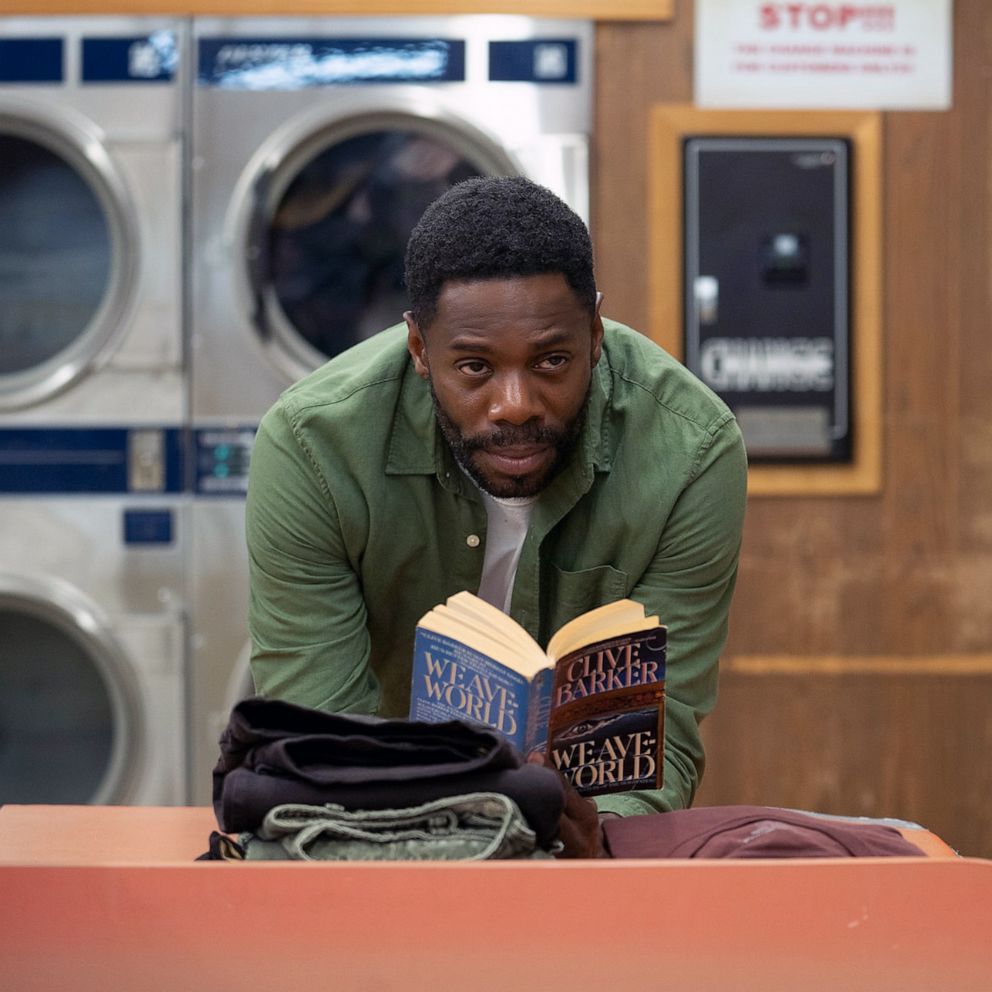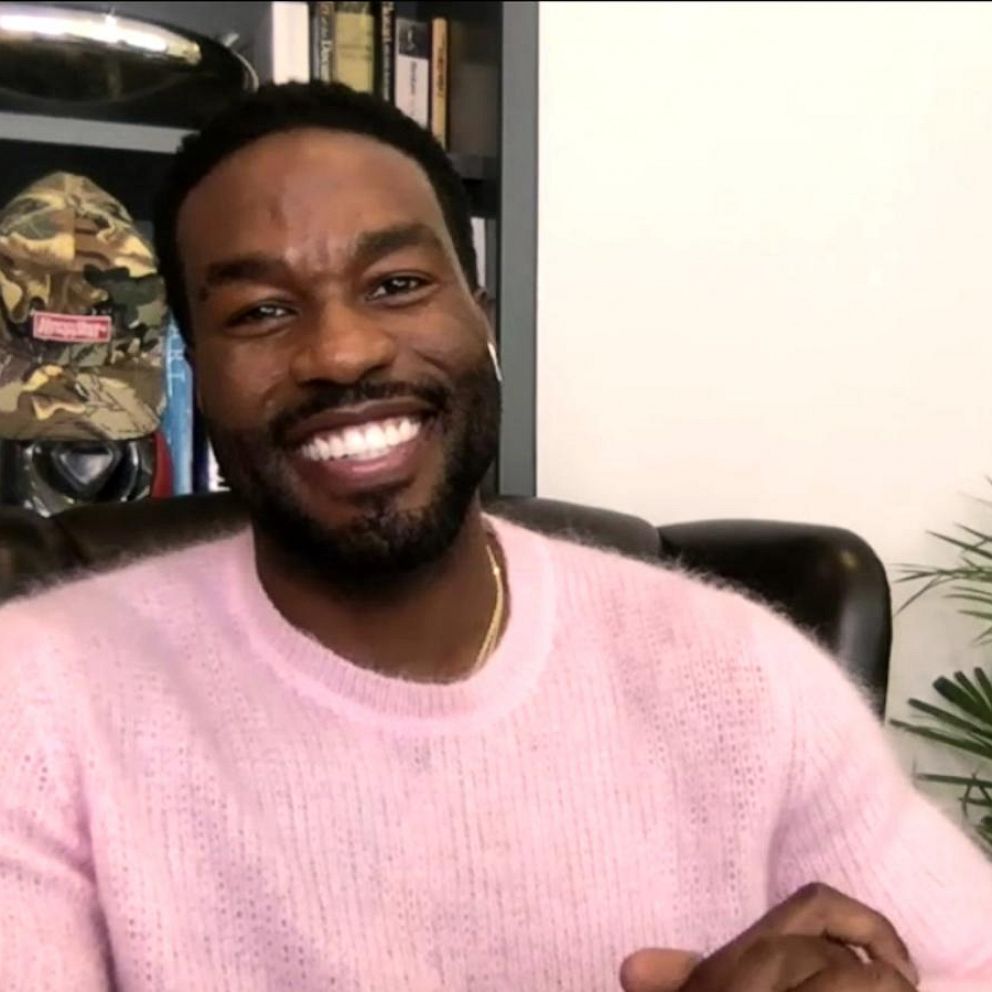Review: 'Candyman' is a new horror classic that'll make you think hard about everything you see
"Candyman" is a riveting continuation of the infamous 1992 horror.
If you’re looking for a shuddery fright fest that’s as smart as it’s scary, head over to "Candyman," now in theaters from Jordan Peele’s Monkeypaw productions.
The "Get Out" Oscar winner proves again that character is an essential building block for goosebumps.
"Candyman" is a riveting continuation of the infamous 1992 shocker about a Black serial killer with a hook for a hand, who can be called back to life by anyone with a death wish and the guts to look into a mirror and say Candyman five times. Fraidycat me, I never got past 4.
The first "Candyman" concerned white graduate student Helen Lyle (Virginia Madsen) who traveled to Chicago’s crime-infested Cabrini housing projects to investigate this urban legend. The 2021 version cuts deeper, as you’d expect with Peele as producer and co-screenwriter.
One of Peele’s canniest moves was bringing on Harlem-raised Nia DaCosta ("Little Woods," next year’s "The Marvels") to direct and speak to the current revolution of Black Lives Matter in life and art. "On one level, the character is a myth and a monster," said De Costa, "but as we know, America creates monsters out of Black men all the time."
DaCosta’s provocation instantly raises the stakes.
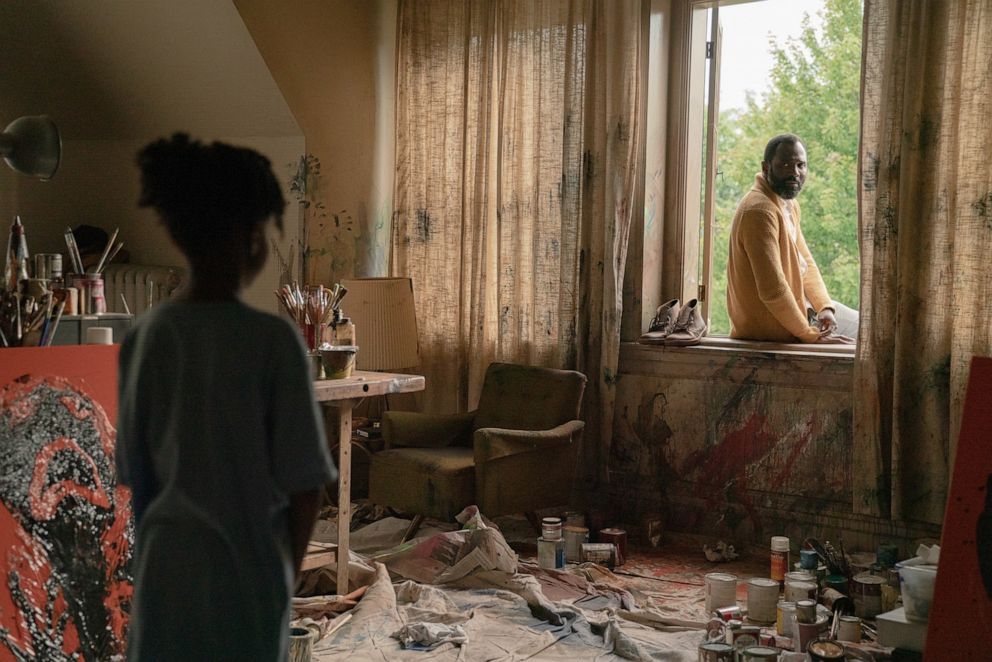
The reboot stars "Watchmen" Emmy winner Yahya Abdul-Mateen II, who is dynamite as Anthony McCoy, a visual artist who just moved into a luxury loft in Cabrini, now gentrified by upwardly mobile millennials, much like his lover, gallery director Brianna Cartwright, sharply played by Teyonah Parris of "WandaVision."
Stalled creatively as a Black artist living in a mostly white space, Anthony finds inspiration in gruesome tales of the "Say My Name" killer told by William Burke (a stellar Colman Domingo), a former Cabrini resident who knows every detail of the Candyman backstory.
And what a story, of Black 19th century artist Daniel Robitaille, played by the great Tony Todd in the '92 version, who fell in love with the white woman he was painting until a white mob cut off his hand, smeared him with honey to attract killer bees and then burned him alive. Candyman rose out of his ashes.
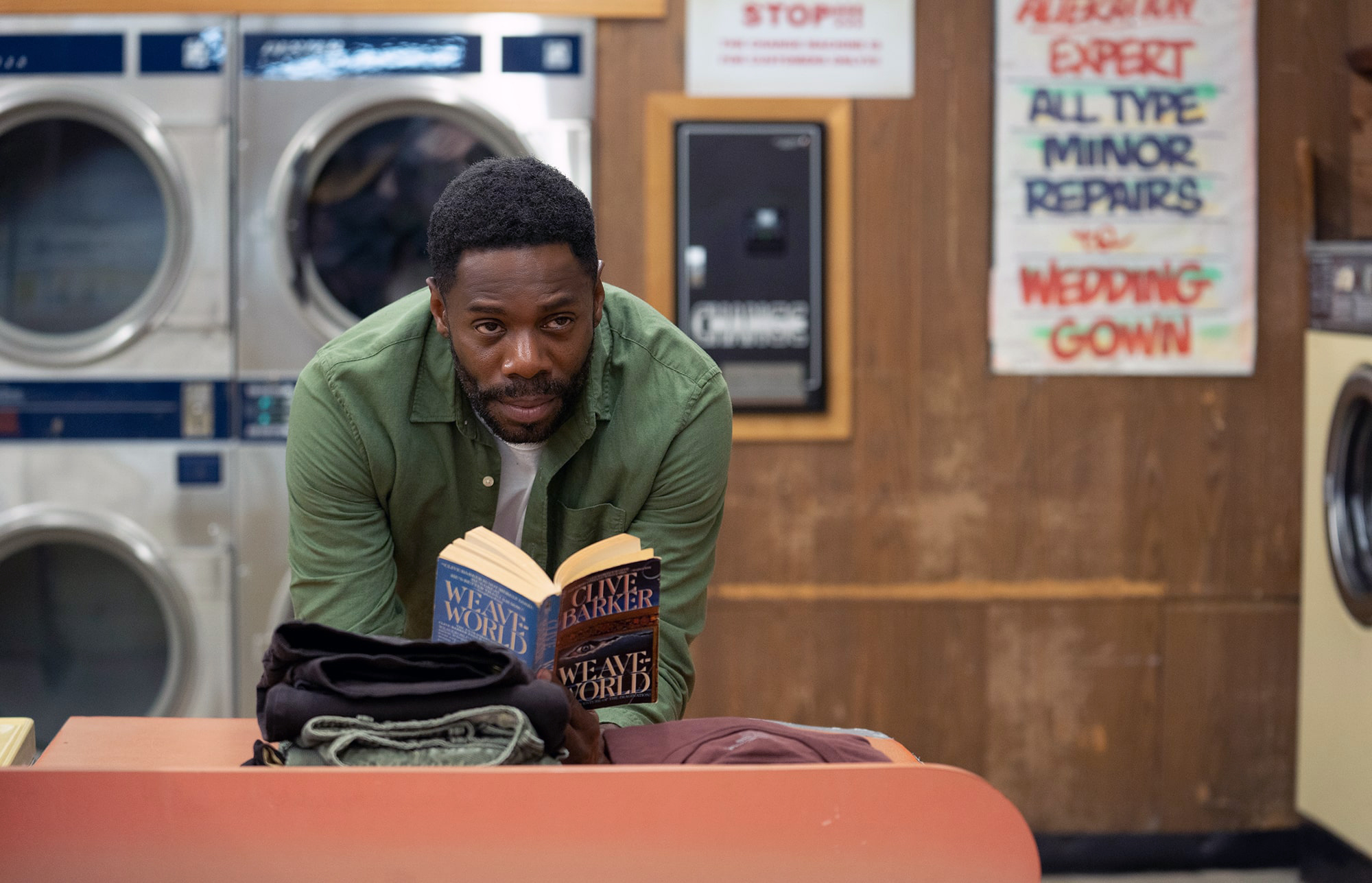
Rather than catch up with clips from the first film, DaCosta cleverly ups the ante by using a puppet shadow play to fill us in and provide terrifying hints about Anthony’s own connection to Candyman’s past. And, no surprise, Anthony’s violent art is soon a media darling and a viral sensation. Blood splatters as everyone from a snob art critic to a gaggle of school girls dare to say Candyman five times into a mirror.
It’s macabre fun until DaCosta’s satire grows fangs. Though she only shows the gore from oblique angles, the dread feels doubled.
Unlike the original, which spawned two dim sequels, this daring, definitive corrective is seen exclusively from a Black perspective. As the bee sting on Anthony’s hand festers, the Candyman spectre emerges as a symbol of community revolt against white violence to Black bodies. As Burke says, "Candyman ain’t a he, Candyman’s the whole damn hive."
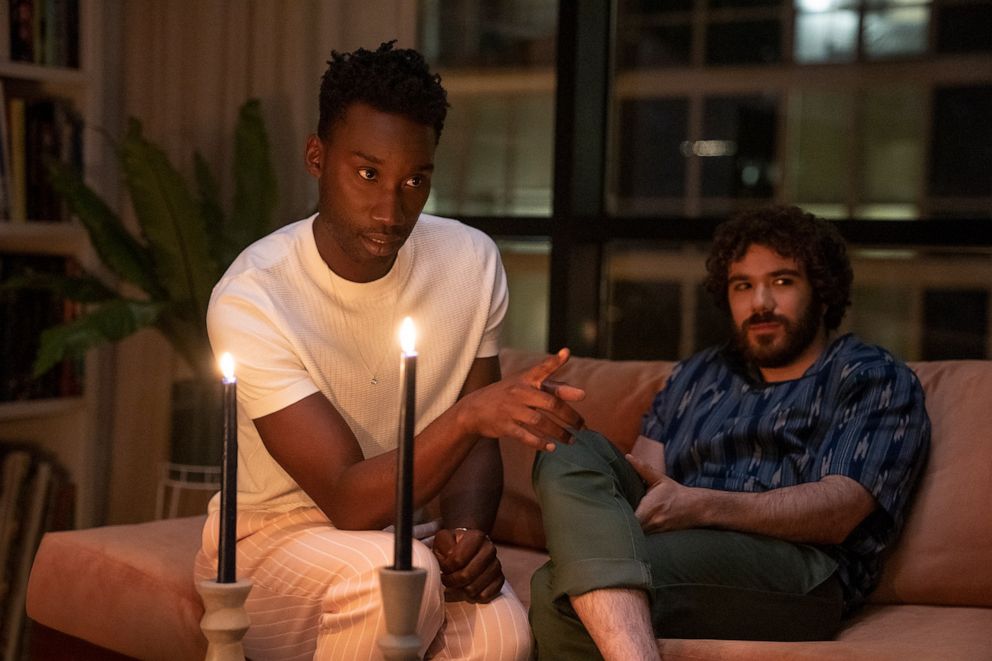
You can fault the film’s heavy messaging but not its blazing passion for racial justice and the need to see the demon inside ourselves. Nothing’s more chilling than losing touch with what makes us human.
With his grisly, mirrored art installations, Anthony uses parodistic art-world language to claim he’s "trying to align these moments in time that exist in the same place. The idea is to almost calibrate tragedy into a focused lineage that culminates in the new."
That’s just fancy talk for saying "Candyman" means business.
The scares are off the charts, but only as a means to confront the film’s challenges. You’ll think hard about everything you see.
You’ll also wake up screaming. Welcome to a new horror classic.
